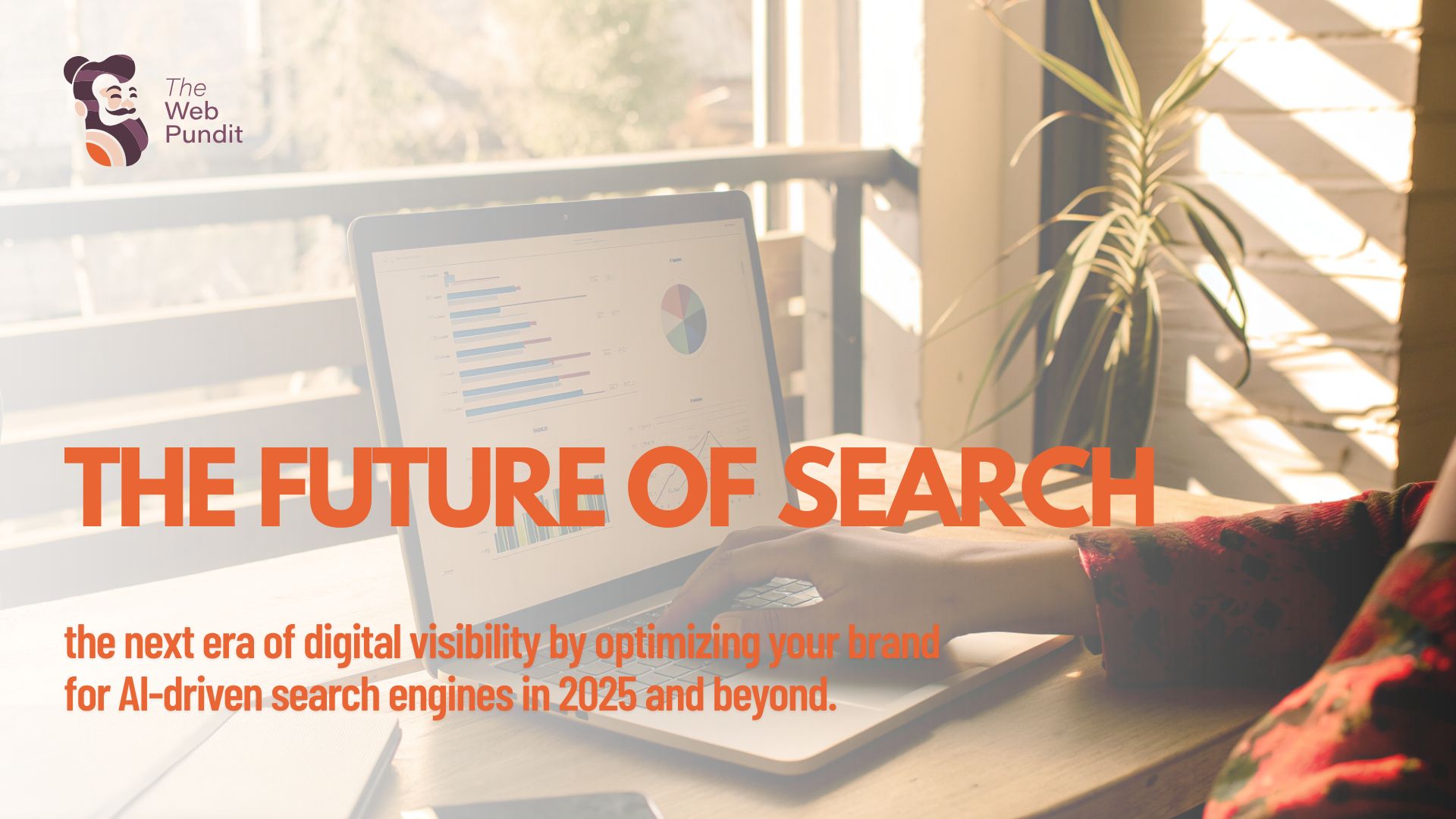Generative Engine Optimization: Future of SEO
Discover Generative Engine Optimization (GEO), how it works, and strategies to optimize your brand for AI-driven search engines in 2025 and beyond.

The world of search is evolving faster than ever. For decades, businesses optimized their websites for traditional search engines like Google and Bing through Search Engine Optimization (SEO). The idea was simple: understand how search algorithms rank pages and optimize your content to appear higher in search results.
But in the age of AI-driven search, things are changing dramatically. Users are increasingly turning to Generative AI engines such as ChatGPT, Perplexity, Gemini, Claude, and even AI-powered assistants within platforms like Microsoft Copilot. Instead of typing a query and browsing multiple links, people now expect direct, conversational answers generated by AI models.
This shift has given rise to a new discipline: Generative Engine Optimization (GEO).
What is Generative Engine Optimization (GEO)?
Generative Engine Optimization (GEO) is the practice of optimizing your content, brand presence, and digital assets so that Generative AI engines reference, cite, and recommend your business when providing answers to users’ queries.
Unlike SEO, where the goal is to rank in search results, GEO focuses on:
- Getting your content included in AI training data and real-time indexes
- Ensuring AI engines recognize your brand as a trusted, authoritative source
- Structuring information in a way that makes it easy for AI models to extract and surface
In short, GEO is about making sure AI assistants mention you, not just search engines rank you.
Why GEO Matters in 2025 and Beyond
1. AI is Becoming the Default Search Tool<
Millions of users are bypassing traditional search engines and asking AI assistants directly for recommendations, product comparisons, and solutions. If your brand isn’t optimized for AI engines, you risk being invisible.
2. One Answer vs. Ten Links
Traditional search engines show 10 blue links per page. Generative engines often give just one consolidated answer. That means if you’re not included in that answer, you don’t exist to the user
3. Trust and Authority are Key
AI models pull from a mix of training data, live search results, and trusted sources like Wikipedia, news sites, and authoritative blogs. GEO ensures you become one of those trusted sources.
To understand how SEO itself is evolving to meet the challenges of 2025 — and why GEO is the next logical step — check out this in-depth guide from Web Pundit:
What’s Changing in SEO for 2025 — and How to Stay Ahead
How GEO Differs from SEO
While SEO and GEO overlap, they are not identical. Here’s a quick comparison:
Key Strategies for Generative Engine Optimization
1. Publish Authoritative, Well-Structured Content
AI engines prefer citing clear, fact-based, well-organized content.
- Write FAQ-style articles that directly answer common queries.
- Use schema markup (structured data) to make your content machine-readable.
- Focus on accuracy and trustworthiness—AI engines penalize vague or misleading claims.
2. Build Topical Authority
Generative engines rely heavily on domain expertise.
- Cover your niche in depth rather than writing surface-level posts.
- Create a content hub around your industry topics.
- Gain mentions in authoritative sources (news, research papers, high-domain websites).
3. Optimize for Conversational Queries
Users ask AI assistants in natural language, not just keywords.
- Use question-based headings like “What is Generative Engine Optimization?”
- Write in a conversational style so AI models can easily extract snippets.
- Provide concise, direct answers followed by detailed explanations.
4. Strengthen Your Digital Reputation
Generative AI engines don’t just look at your website—they evaluate your brand footprint.
- Maintain a strong presence on LinkedIn, Twitter/X, Medium, and Quora.
- Encourage reviews on trusted platforms like G2, Capterra, or Trustpilot.
- Build backlinks from credible, high-authority domains.
5. Leverage Multimedia and Structured Assets
AI engines increasingly integrate with images, videos, and knowledge bases.
- Create explainer videos, infographics, and how-to guides.
- Add alt text and transcripts for multimedia assets.
- Use knowledge graphs and structured datasets to feed accurate information.
6. Experiment with GEO Analytics Tools
While GEO is still emerging, some tools already help monitor how AI engines reference you:
- Perplexity.ai citations show which websites are being credited.
- AI SEO tools like MarketMuse and Clearscope now track generative mentions.
- Monitoring brand mentions in AI engines will become as important as checking Google rankings.
Challenges in GEO
- Opaque Algorithms – Just like SEO in its early days, nobody fully knows how AI engines decide which sources to cite.
- Rapid Evolution – AI tools update frequently, which means GEO strategies must be agile.
- Limited Control – Unlike SEO where you can optimize for specific keywords, GEO relies more on brand authority and trust, which take time to build.
- Ethical Concerns – Ensuring factual accuracy is vital; misleading content can backfire if AI engines flag your brand as untrustworthy.
The Future of GEO
Generative Engine Optimization is still in its infancy, but it’s rapidly becoming critical. In the next 2–3 years, we can expect:
- Dedicated GEO platforms that analyze how AI engines surface your brand.
- Partnerships with AI companies to ensure better integration of business data.
- Shift in digital marketing budgets from traditional SEO and ads to AI visibility strategies.
- Regulatory standards for data accuracy in AI-driven search results.
Conclusion
Generative Engine Optimization (GEO) represents the next frontier in digital visibility. While SEO remains important, the rise of AI-driven search means businesses must adapt or risk being left behind.
The winners of tomorrow will not just rank high on Google but will also be the trusted sources that generative AI engines rely on to answer user queries.
If you want your brand to stay relevant in this new landscape, now is the time to start investing in GEO strategies.
